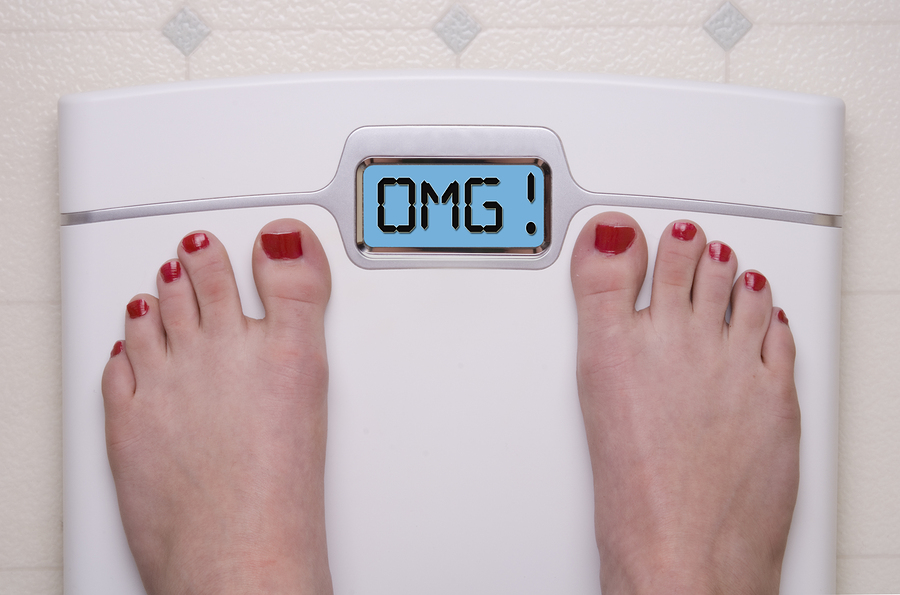COVID-19 restrictions might be lifting but it’s still easy to find ourselves eating and drinking more than normal. Here’s how a couple of well-known older people with a health focus are tackling their food intake while largely staying home.
Interestingly, they’re good examples of the low-fat and low-carb ends of the dietary spectrum.
The first is author and New York Times health columnist Jane Brody. She turned 79 this month.
She comes from a family with heart disease and has headed down the no red meat and low-fat dairy road. She also lives alone, except for Max the dog.
Every week, she says, she roasts batches of vegetables — such as baby carrots, brussels sprouts, mini-peppers, asparagus and cauliflower — to use in her meals. I’ll leave her American terminology because we can interpret most of it.
Her breakfasts alternate between sliced banana and peanut butter, followed by a bowl of spinach, diced roasted veggies and a third of a can of soup heated for three minutes in the microwave, or Cheerios (a packaged oat cereal) with walnuts, raisins, banana and fat-free milk. Plus coffee, with a graham cracker (a biscuit similar to an Arnott’s Granita).
For lunches she relies on a supply of hummus, Wheat Thins, grape tomatoes, Greek yogurt, cantaloupe and blueberries.
And for dinners she stocked up on frozen fish fillets, veggie burgers, sea scallops, low-fat chicken sausages, canned tuna, black beans and chickpeas.
She gives herself a treat each day so she doesn’t feel deprived. We all have our ideas of what a treat is, but for her a quarter-cup of light ice cream does it.
In March, when it became clear that a period of staying home was ahead of her, she started weighing herself each morning to keep an eye on her weight. She was out to stay within a two-pound (almost a kilogram) range.
When her weight started to creep up in mid-April she revived an old habit of brushing and flossing her teeth after dinner so she wouldn’t be tempted by late night snacking.
The second healthy older person is 67-year-old Australian sports medicine doctor Peter Brukner. He’s been the team doctor for a number of Australian sports teams and in recent years has become particularly interested in nutrition.
His diet is built around meat, fish, eggs, dairy, non-starchy vegetables, berries, nuts and olive oil. He says ultra-processed foods high in sugar, starch and vegetable oils are off the menu.
He drinks water, milk, coffee and green tea with an occasional glass of wine or low-carb beer. He doesn’t drink soft drinks, fruit juices, flavoured milks or energy drinks.
Breakfast is either full-fat Greek yoghurt with a mixture of nuts and seeds topped with cinnamon, or cooked eggs with a combination of bacon, mushrooms, smoked salmon and avocado.
Lunch is a salad, or nuts and cheese. His evening meal is meat or fish and non-starchy vegetables such as broccoli, green beans and cauliflower. If he wants pasta he uses zucchini noodles (‘zoodles’), and he has his curries on a bed of cauliflower rice.
Dessert is fresh berries with cream and a small square of dark chocolate.
My point isn’t so much that we ought to slavishly copy one or the other, but that there are things we can learn from this pair.
While they eat very differently, both follow a rough blueprint they’re happy with, and having that structure eliminates the need for decision-making, especially when they might be bored, frustrated, tired or stressed.
They also avoid snacks between meals and have a small daily treat.
When healthy eating is challenging, creating a plan that suits us, skipping the snacks and giving ourselves a small daily treat can be a recipe for getting back on track.
Photo Source: Bigstock

